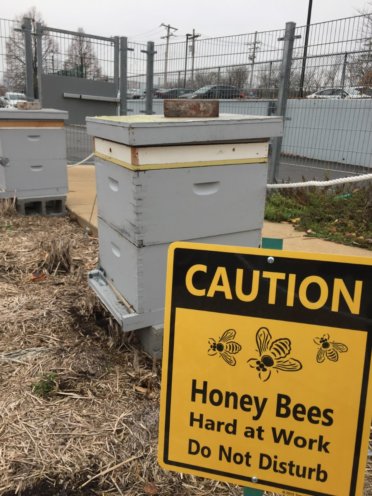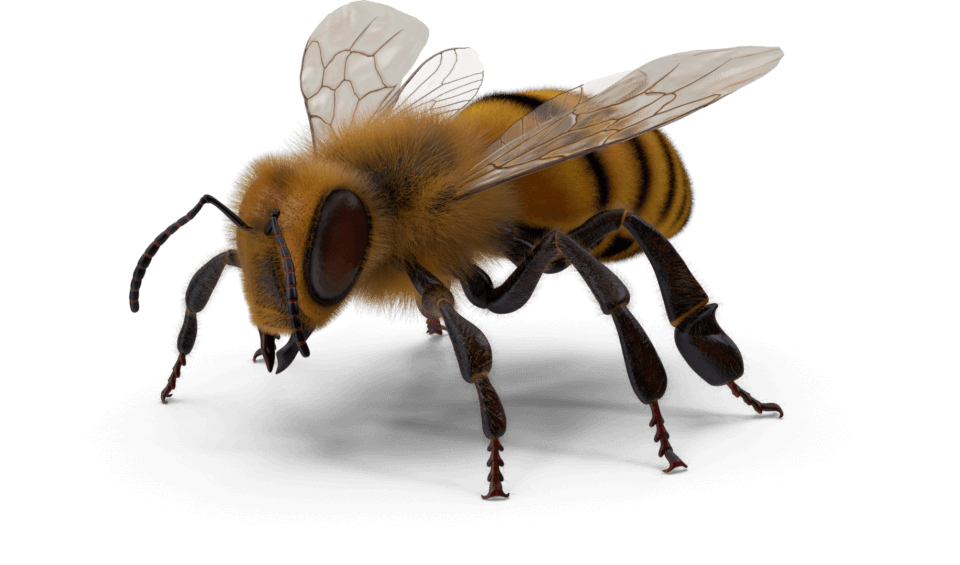
Fall is a nerve-wracking time for honeybee keepers, who often fret about whether their bees have enough honey reserves to survive the winter or whether mites have decimated their bee populations. Bees will typically only leave their hive when the weather is pleasant (at least in the 50Fs and sunny), so it’s hard to walk by a hive with seemingly no activity and wonder what is going on in there.
So what IS going on in there anyway? Honeybees only have one real job over the winter: To take care of the queen. They protect her by surrounding her in a winter cluster comprised of a mass of vibrating bees. The worker bees flutter their wings and shiver to raise the temperature in the hive, and although the queen always remains in the center of the cluster, the worker bees rotate so none get too cold. Temperatures in the cluster can range from about 46F near the edge to as warm as 80F in the center!
In order to have all that energy to burn, the bees need honey–LOTS of honey. Hives can consume up to 30 pounds of honey over the course of a winter! Responsible beekeepers will always attempt to leave enough honey for winter but will often install an extra layer of raw sugar on top of their bee cluster as a precaution.
The next time you eat honey, you can be thankful for all the thriving bee colonies that create enough honey to share and store. Hang in there, bee buddies!
Learn more about animal science
Connect with curiosity!






